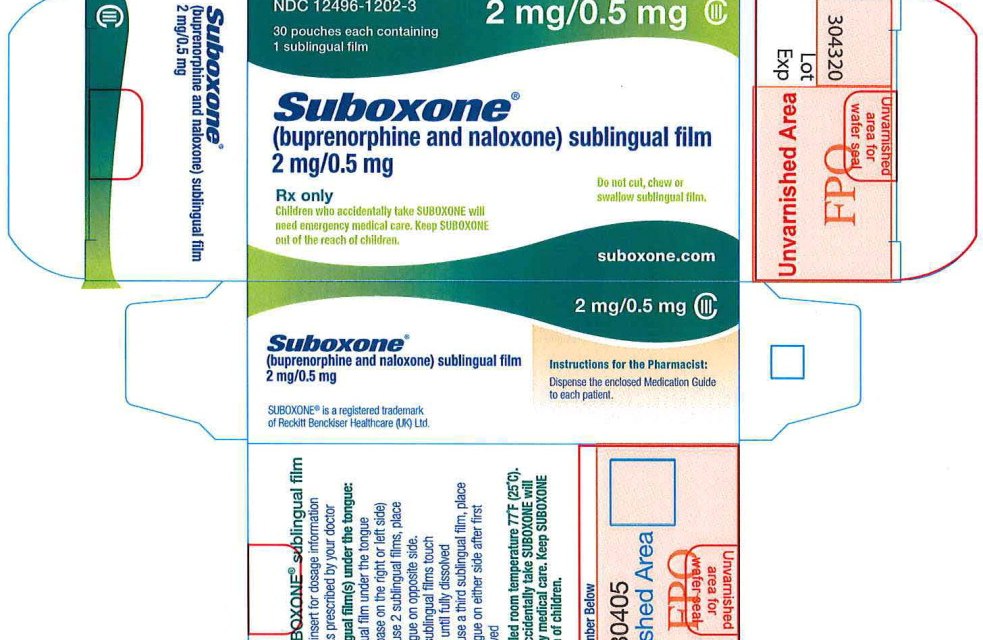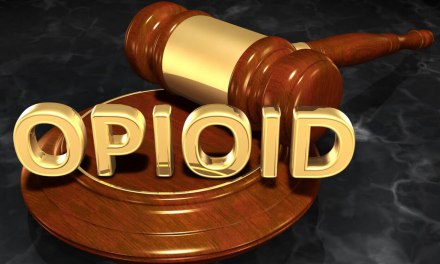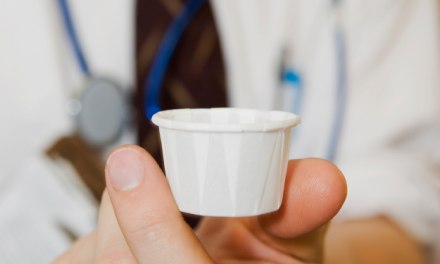I mentioned in an earlier post how I’d discovered that prescribing buprenorphine to patients in the Emergency Room — a seemingly obvious move during an opioid epidemic, especially with people who very recently overdosed on opioids — can actually face a number of barriers in practice. This I learned from articles in the popular media, and from talking with physicians who themselves had recent experience in the ER setting.
Some of what I learned:
First, since those who arrive by ambulance at the ER in the aftermath of an OD can’t be mistaken for voluntary patients — after all, they probably weren’t active participants in the decision — they can’t be counted on to welcome advice from the ER physician. Once revived, they may well be dead set on getting the heck out of there as fast as possible.
“Look, they want to go cop [drugs],” a nurse, herself in recovery, explained to me. “They’re in withdrawal, okay? That’s from the naloxone. And as far as the OD itself, they may not even remember it.”
Makes sense, I suppose. They wouldn’t necessarily be receptive to anything other than an injection of some opioid — which does seem risky, given the immediate past history.
“A certain percentage will agree to a transfer to the detox unit,” she added, if the hospital is lucky enough to have one. “But it’s a small minority.”
It made me think of those patients who wake up after an unsuccessful suicide attempt, surprised, disappointed and perhaps enraged to find themselves still among the living.
Then there’s the added risk of diversion.
That’s a very real problem, and has been for a long time now. The street price for prescription Suboxone fluctuates, naturally, depending on demand and availability. Nevertheless, there’s always profit to be made from reselling the hospital’s medications to other users. I’m told the best rates actually come from selling to people who are in jail, eager to access something, anything, to suppress drug hunger and withdawal symptoms. An 8mg dose that might bring $25 on the street can go for three to five times that much to someone inside a correctional institution.
It’s the sort of market that encourages smuggling. I visited a community corrections program for women where one of the residents had recently managed to put her hands on a supply of Suboxone and used it to throw a ‘party’ for her fellow residents. Suboxone is supposed to be low-risk for abuse, but addiction patients are known for being creative when it comes to getting high.
Suboxone Is Now a Drug of Choice for Some…
Often those inside recruit their family members, as well. From an inmate’s grandmother: “They never check under your breast.” No, I suppose they don’t.
ER staff are naturally reluctant to hand out opioids when they suspect it will just end up being resold on the streets. Some professionals have been able to rationalize it as ‘lesser evil’. “There’s no real risk of overdose,” claimed one physician. “It’s way safer than the alternatives, like fentanyl.”
I suppose that seems logical from a strictly harm reduction standpoint. Not so much from a recovery perspective, however. There it can feel more like perpetuating a problem than remedying one.
And as always with addictions, we can’t forget about denial. “I show them the numbers, the rising percentage of fatalities,” one ER physician complained. “They treat it like fake news. They think I’m making it all up!”
It’s all about ignoring certain important pieces of information in favor of other information that somehow happens to confirm your preferred beliefs. Anyone who works in addictions is thoroughly familiar with this mindset. It’s not something you can overcome quickly, in the context of an ER visit. Well beyond the skill of your average hospital nurse or doctor.
Last but not least, many hospital Emergency Rooms have made it clear they don’t want to welcome more drug users into their waiting rooms. It’s much the same way they feel about the chronic recidivist alcoholic. “Why bother?” griped a nurse. “With them, it’s show up, throw up, and sign out. Until next weekend, when they do it all over again.” Frustrating, I’m sure, especially when the ER is busy.
That I think was one of the major reasons behind the opening of ‘sobering centers’ and nonhospital crisis facilities in many cities — a way to get certain kinds of patients out of the ER and into an environment that could provide some genuine help. Not coincidentally, at far less expense.
I asked an ER physician with many years experience for one suggestion that he felt would actually help both doctor and patient deal with such issues in the ER setting. His answer: those humble Peer Support services. The idea is to have someone, usually a recovering person with some training, onsite at the ER and available to sit with, listen to, motivate and hopefully, guide the sick individual into to the kind of addiction treatment that might actually make a difference in the outcome. Right now, that’s the exception, not yet the rule.
We could change that.













